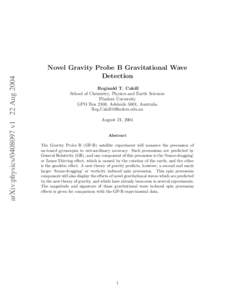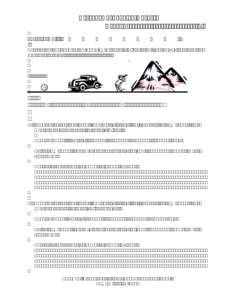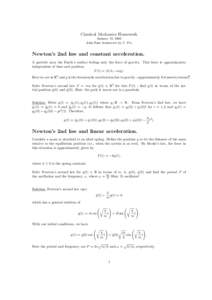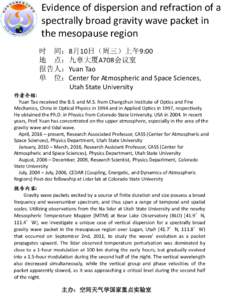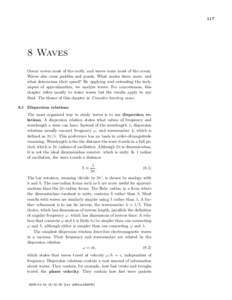<--- Back to Details
| First Page | Document Content | |
|---|---|---|
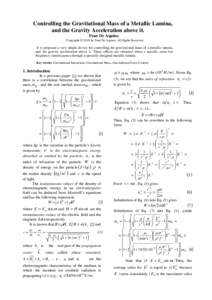 Date: 2018-10-16 12:39:41Physics Mass Magnet Gravity of Earth Force Quantity Ergodic theory Calculation of buoyancy flows and flows inside buildings Table of stars with Bayer designations |
Add to Reading List |
 Controlling the Gravitational Mass of a Metallic Lamina, and the Gravity Acceleration above it.
Controlling the Gravitational Mass of a Metallic Lamina, and the Gravity Acceleration above it.